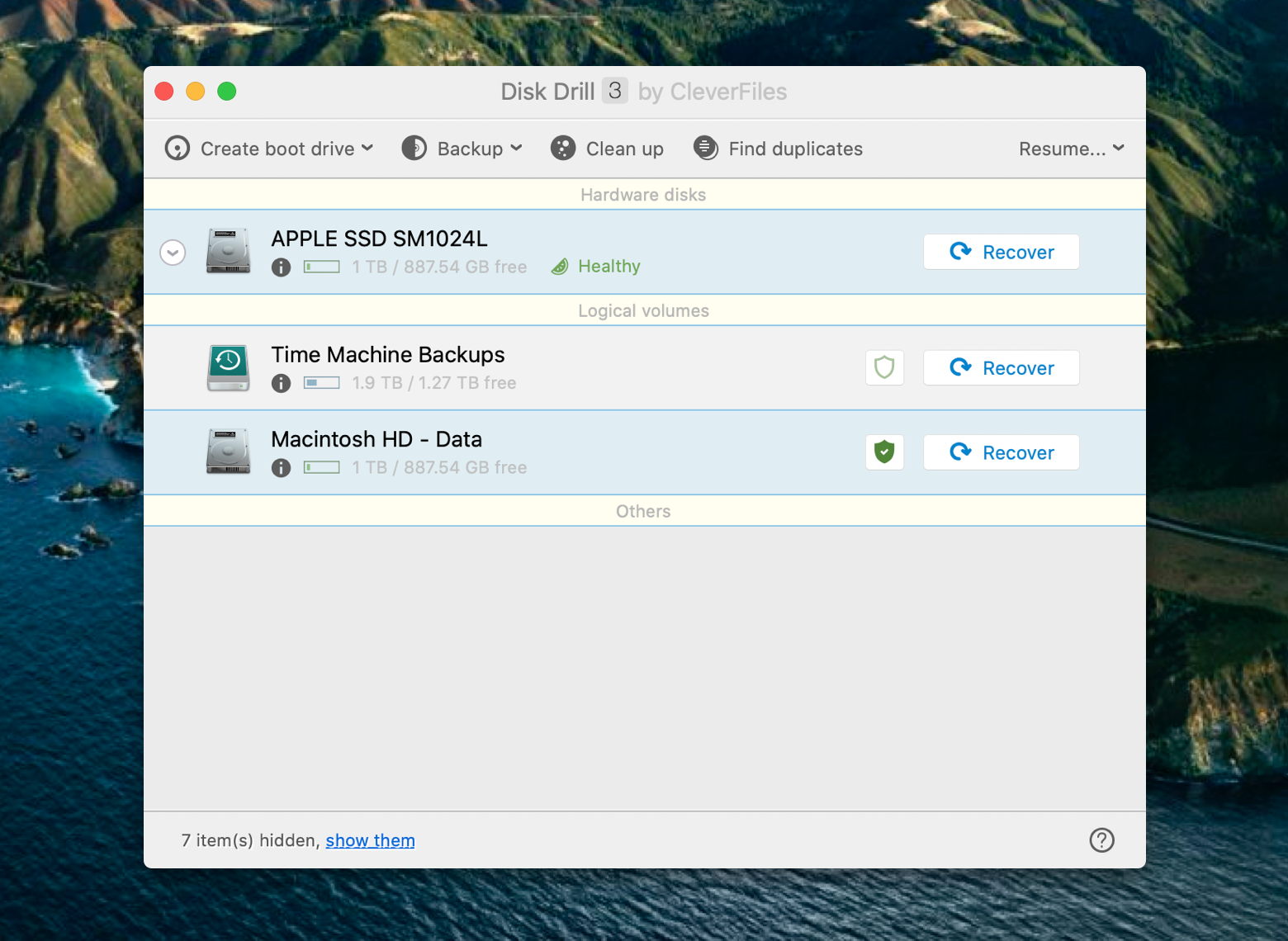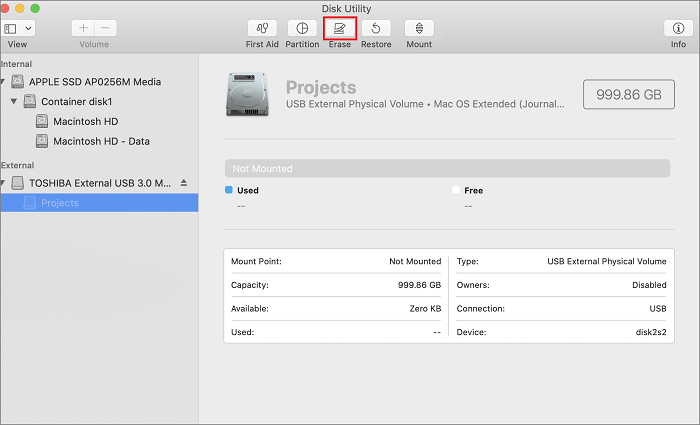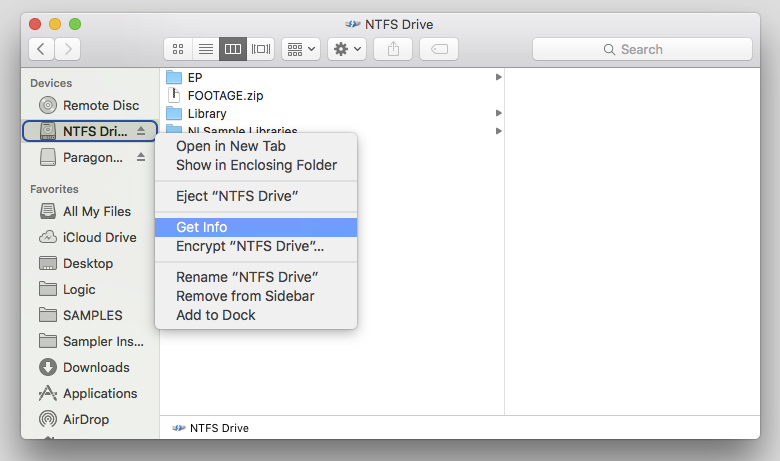

Metadata is a collection of information about the contents of the drive. NTFS file system holds metadata of the entire drive.

Yes, it is possible to recover data from the NTFS files system on Mac with the use of Remo Recover Mac. Engineered with robust scan algorithm, Remo Recover for Mac works seamlessly on APFS, NTFS, HFS+ and even ExFAT formatted drives. Designed with a simple user interface this data recovery tool makes restoring data from NTFS drives on Mac easy. Mac Data Recovery is never a complex process with Remo Recover for Mac. Using the drive after data loss will result in overwriting of the data causing permanent data loss. Please continue further to learn how to recover an NTFS drive on a Mac computer.Ĭaution: Once you have confirmed the data loss on Mac, stop using the NTFS drive. Fortunately, this article has all the information you require to perform NTFS recovery on Mac. For example, accidentally deleting or removing the NTFS drive without ejecting, or even damaged NTFS file system. Due to constant interchange between numerous computers, there are higher chances of data loss on them.

As always, external drives will be connected to various computers and frequently plugged in and out. It is also widely supported by memory storage technology companies and third-party operating systems like OS X and Linux.Most Mac users operate NTFS drives as external drives rather than Mac internal drives. Microsoft introduced exFAT in 2006 it’s an optimized version of FAT, providing better performance advantages over FAT32. Now you’ll be able to save and copy files to your thumb drive on both Windows and OS X. In the Format list box, select ExFAT, enter a Volume Label if you want, then click Erase. Select your thumb drive in the Disk Utility window, then click the Erase tab. Launch Disk Utility press Command+Space then type: disk utility. If you only use a Mac computer, you can format your thumb drive to work on Windows systems.Ĭonnect the thumb drive to your Mac. In the File System list box, choose exFAT, type in a Volume Label if you want, and then click Start.Ĭlick OK to the format warning and wait until the process is complete. Right-click your flash drive and then select Format. Prepare a Thumb Drive for Both Windows and OS X or macOS Before you start, though, make sure your thumb drive is formatted so it can work on both Windows and macOS. If you’re working in a mixed environment, where you might need to work on files between both systems, a handy solution is to use a thumb drive. This makes it difficult to move data between the two unless you have them networked together. MacOS uses the HFS+ file system, while Windows uses the NTFS file system that shares little in common.


 0 kommentar(er)
0 kommentar(er)
